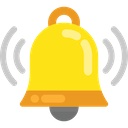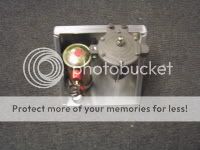Based on some sound advice on this forum, I am considering an electric fuel pump (at least temporarily) as a means to bypass my mechanical pump, which appears to be on the fritz. I am assuming that the mechanical pump just stays in place, but I have a few questions....
1) If I want to install an electric pump and rebuild the mecahnical pump, is there a cover or something that is made to cover up the hole where the mechanical pump attaches, so I can drive the car using the electric pump while I rebuild the mechanical pump?
2) Do I need to add an inline filter BEFORE the electic pump? Since the mechanical pump has that glass bowl with a mesh filter, it seems that an inline filter would be needed. I, of course have a filter between the mecahnical pump and the carbs that I would leave in place.
3) When wiring the electric pump, should I also attach a safety switch that kills the pump when the oil pressure drops? It seems that without it, the pump will be running when the switch is in the on position, even if the engine is not running.
4) Any suggestions on where to mount the electric pump in a TR3?
5) Lastly, any other tricks to converting to the electric pump?
Thanks.
1) If I want to install an electric pump and rebuild the mecahnical pump, is there a cover or something that is made to cover up the hole where the mechanical pump attaches, so I can drive the car using the electric pump while I rebuild the mechanical pump?
2) Do I need to add an inline filter BEFORE the electic pump? Since the mechanical pump has that glass bowl with a mesh filter, it seems that an inline filter would be needed. I, of course have a filter between the mecahnical pump and the carbs that I would leave in place.
3) When wiring the electric pump, should I also attach a safety switch that kills the pump when the oil pressure drops? It seems that without it, the pump will be running when the switch is in the on position, even if the engine is not running.
4) Any suggestions on where to mount the electric pump in a TR3?
5) Lastly, any other tricks to converting to the electric pump?
Thanks.

 Hi Guest!
Hi Guest!

 smilie in place of the real @
smilie in place of the real @
 Pretty Please - add it to our Events forum(s) and add to the calendar! >>
Pretty Please - add it to our Events forum(s) and add to the calendar! >> 

